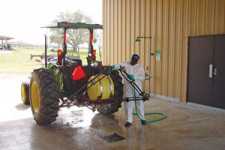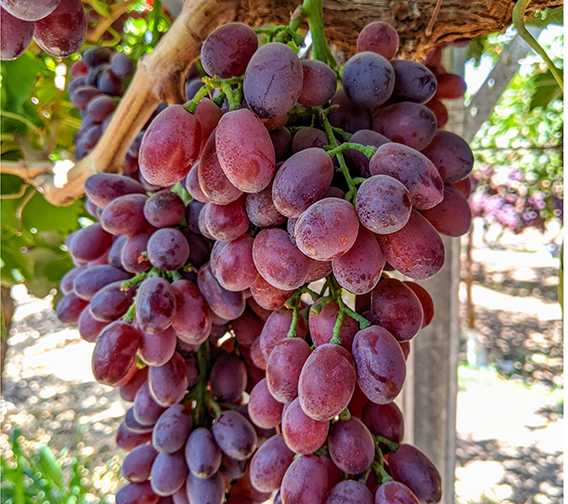Beware Of What Your Farm Equipment May Be Transporting

When equipment is moved from field to field or across the country, it has the potential to bring weed seeds and other unwanted pests, explained Fred Springborn, a Michigan State University Extension educator, to a roomful of growers attending an educational session on potatoes at the Great Lakes Expo last week in Grand Rapids, MI.
Weed Control
He also mentioned the weed Palmer Amaranthis, which is in the pigweed family, and is common in southern states in cotton. A healthy population of Palmer Amaranthis also has been established in Southwestern Michigan. “The plants grow to about 8 feet tall,” said Springborn. “It’s an interesting weed, but not one I’d like to see show up on my farm,”
Palmer Amaranthis has very small seeds, so again, this is a pest that can be on the move very quickly. It can be kept under control via herbicides, but it is glyphosate resistant, he added.
Trouble With Nematodes
The pale cyst nematode, a subspecies of PCN, was detected in Idaho in 2006, explained Springborn, and “this year a few more fields in Idaho have tested positive for the pest. This nematode can really knock down potato yields. Like other cyst nematodes, it produces cysts that can survive in the soil for several years, waiting for a host to arrive.”
Know Your Source
As mentioned above, one way to help prevent the spread of pests is to make sure the equipment used is free of pathogens, weed seeds, and anything else that may present a problem with your crop before using it in the field. In today’s world where growers can buy previously owned equipment online from all over the country, they also have to take into consideration what pests may have taken up residence on the equipment, as well.
Springborn told the growers in the room that no matter where the used equipment came from, they should clean it before or soon after as it arrives.
“Don’t bring soil home with you,” he explained. “Two generations ago, potato growers could go to the hardware store to buy machinery. Today, you must travel much farther and have other means of shopping for machinery, such as Web searches and E-Bay, etc. You always have to wonder about what may be hitching a ride on the equipment.”









